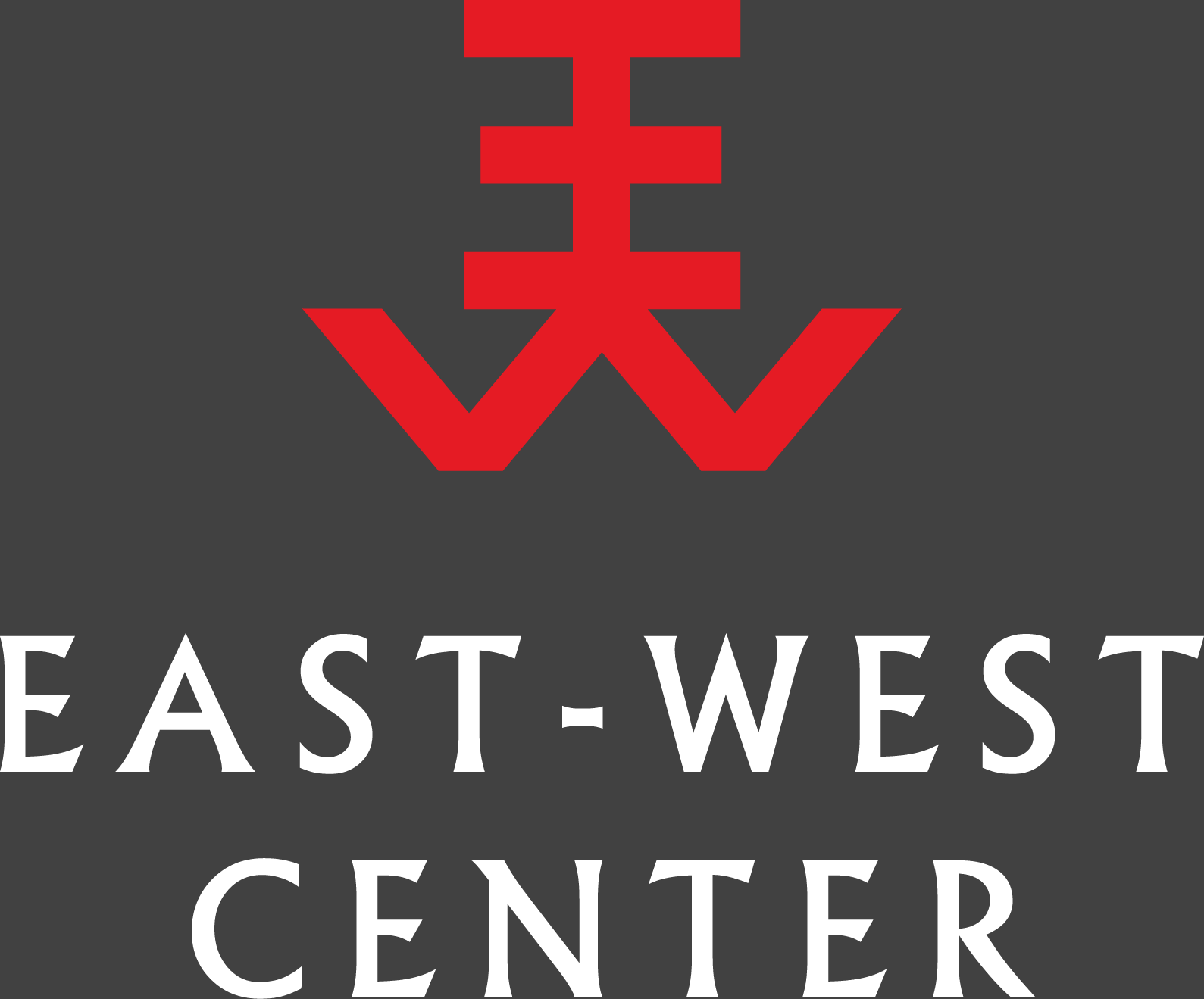►▼ Where is this data from?
This chart is derived from data collected by the United Nations Conference on Trade and Development (UNCTAD) data center, which provides data on global foreign direct investment (FDI) trends.
►▼ How reliable is this data?
Data on global FDI trends is generally less reliable than global trade data (this UNCTAD overview explains how FDI data is reported), and the problems of opacity and unreliable information that plague North Korean trade data apply even more strongly for North Korean investment data. The data in this chart on FDI flows into North Korea should therefore only be considered as an extremely rough estimate. The data on FDI stock is even less reliable, as it is based on the annual accumulation of FDI flows, and does not appear to account for capital depreciation from year to year.
►▼ How are FDI flows and stocks defined?
As briefly defined by the OECD, "Foreign Direct Investment (FDI) flows record the value of cross-border transactions related to direct investment" over the course of a given year. FDI stocks represent the total level of foreign direct investment in a country at a given point in time -- the accumulation of FDI flows, as well as changes in the value of assets (such as depreciation).
►▼ Who has invested in North Korea?
Nearly all investment in North Korea has come in the form of equity joint-venture (JV) companies, in which a foreign investor and a North Korean firm jointly invest in the JV and manage its operations, and distribute profits according to their respective ownership stakes. North Korea's foreign investment laws also allow for the formation of contractual JV companies, and for wholly foreign-owned enterprises to be established in Special Economic Zones (SEZs), but such investment structures appear to be very uncommon. While North Korea has announced over two dozen SEZs of various scale, most FDI appears concentrated in Pyongyang or in the Rason SEZ, adjacent to North Korea's border with China and Russia.
A 2012 report by the Open Source Center identified 351 JV companies operating in North Korea from 2004 through 2011, with 205 of them involving investors from China. A 2014 analysis based on data from China's Ministry of Commerce identified 187 Chinese investments in North Korea. Major fields for investment in North Korea include mining, manufacturing, and services and trade. Many of the foreign firms investing in North Korea tend to be small, privately-held companies based in China's northeastern provinces. However, there have also been a handful of larger international firms that have significant investments in North Korea, such as the Egyptian telecommunications firm Orascom and the French cement company Lafarge. State-owned enterprises that have invested in North Korea include the Russian Railways Company and Poland's Ministry of Transportation (which owns a stake in the JV shipping company Chopol). Several prominent foreign investors in North Korea, including Orascom and China's Xiyang Group, have reported significant difficulties with their investments in North Korea, and in some cases have suffered major losses and withdrawn from the country.
Additionally, South Korean companies have invested significantly in the inter-Korean Kaesong Industrial Complex (KIC) and Mt. Kumgang Tourist Zone, though these investments are not reflected in the chart above. At its peak, the KIC involved over 120 South Korean companies employing about 54,000 North Korean workers, prior to its closure in February 2016. South Korea's Hyundai Asan built hotels, restaurants, and other facilities in the Mt. Kumgang Tourist Zone, and nearly two million South Korean tourists visited the area by 2008, when tours were suspended indefinitely.
UN Security Council Resolution 2375, adopted in September 2017, prohibits new joint ventures ventures with North Korean entities and requires existing ones to close, unless granted an exemption by the UN.





